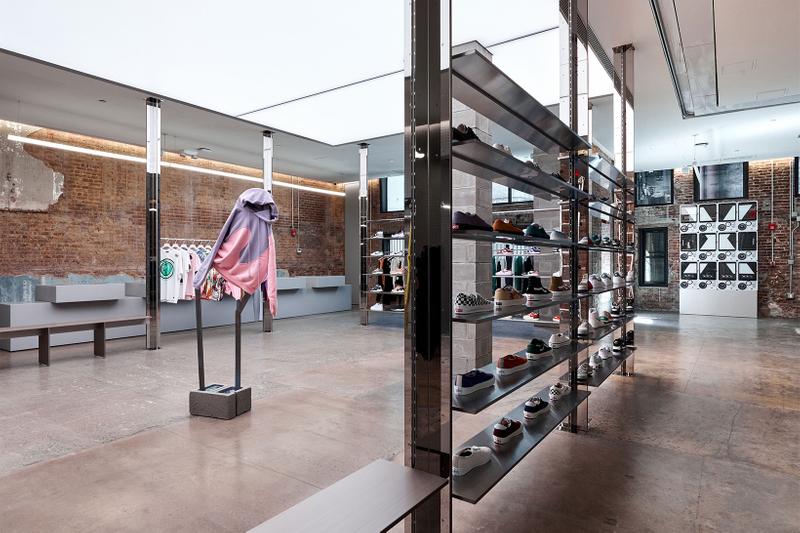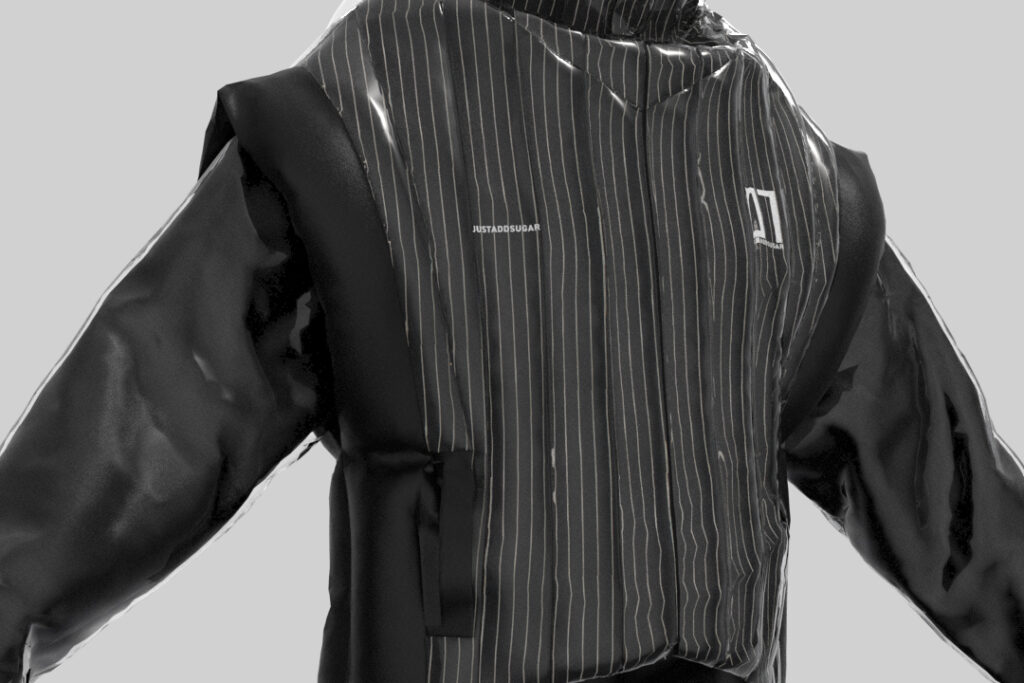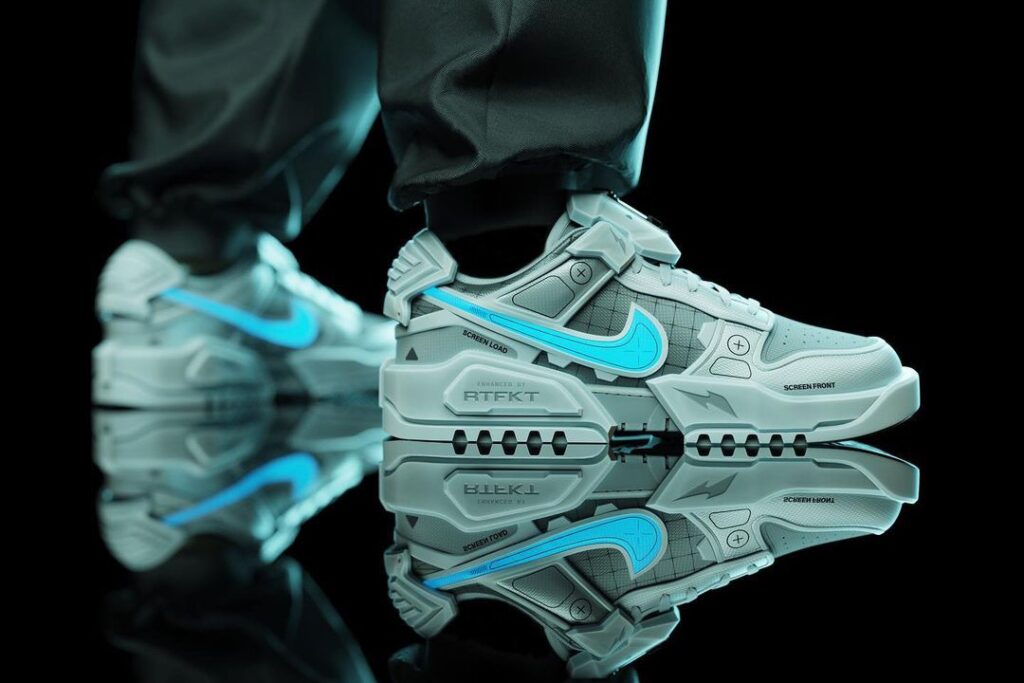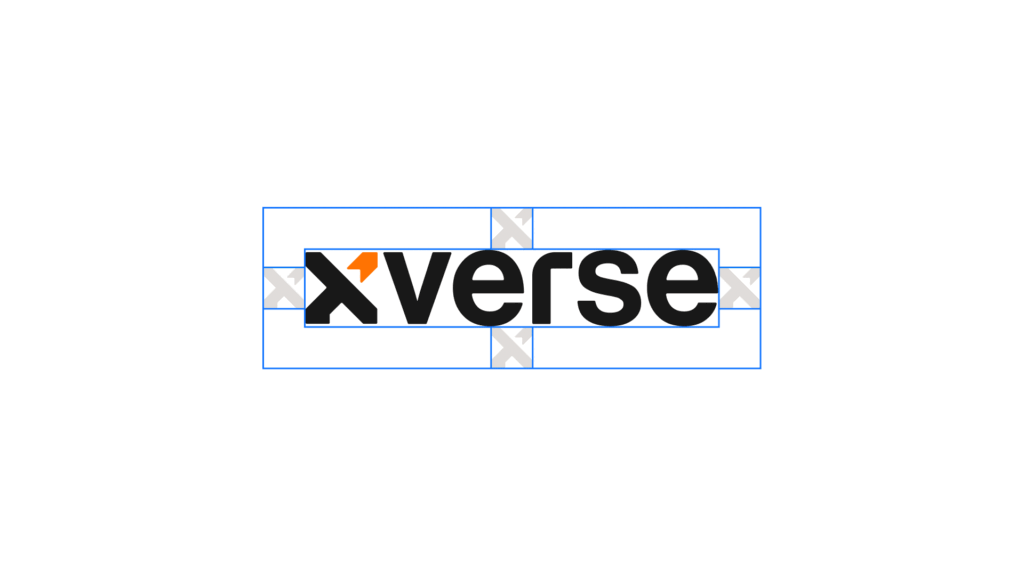Zalando has bought Highsnobiety, Complex has its own online store, Slam Jam curates and distributes culture and fashion alike. Magazines used to be magazines, and stores used to be stores. Now, magazines are stores, and stores are magazines, hanging out spots, and for some even therapy. But why are we witnessing this trend of media platforms turning into magazines ecommerce?
Strategy-wise it makes a lot of sense. After all, all of these media companies grew thanks to the support of their community. Without that community, they wouldn’t really have much. Whilst a couple of decades ago anything that resembled a fashion magazine – besides Slam Jam and other select few ahead-of-their-time publications – wasn’t expected to offer up anything other than information on fashion, nowadays audiences like to be able to access everything in one place. And what exists now that allows for everything to be found in one place whilst before you would have to physically go to different places? The internet. As such, it’s almost the natural evolution of a media company of this sort to include in their magazine strategy plans for fashion magazine stores. Particularly when you take a look at how magazines make money nowadays.

How do magazines make money?
There was a time when magazines would actually make money off the printed content itself. But it doesn’t take a genius to understand that that time is long gone. Magazines no longer make most of their money from publishing. As a matter of fact, most magazines don’t generate much revenue from selling copies at all! In the age of information where everything is expected to be found for free online, any funds coming in tend to be attributed to advertising, or products affiliated with the fashion magazines.
As such, it makes sense that media companies are increasingly seeking to implement an ecommerce strategy in their magazines. Their greatest asset ends up being the community they’ve built, rather than anything they’ve specifically published. Because it’s this very community that will.
There is no magazine strategy without community-building. Hypebeast knows this.
In this day and age, it’s no secret anymore that building a community is key when it comes to a brand’s success. And Hypebeast knows this well. So how do you build this community? It’s not as simple as simply offering a product customers will like, it’s about giving them a reason to stay with you, a reason to keep thinking about you. It’s about giving them what they want yes, but also about anticipating their needs and giving them what they didn’t realize they wanted in the first place. And most importantly, it’s about having an authentic brand story, being trustworthy, and capturing the audience’s loyalty so that when they do need or want something, they’ll come to you.
Yet another thing that Hypebeast seems to know well. But why do we keep bringing up Hypebeast? Well, the media giant that began as a sneaker blog in 2005 and in under two decades has built an astonishing community that trusts the brand not only for all things sneakers but for fashion and lifestyle too. An endorsement by Hypebeast is worth a pretty penny. And now, the beast of the hype unveiled its first physical store earlier this month. We’ll say one thing, it’s not a cutesy little store. Based in Chinatown in New York, the seven-storey, 25k square foot venture will also have its own café called… Wait for it… Hypebeans. Moreover, the flagship store will also integrate a gallery and an event space. If that’s not giving your community what they want, what they need, what they didn’t know they wanted or needed, we don’t know what is.


Why are media platforms opening up fashion magazines stores?
There’s a difference between offering a product and offering an experience. And that’s the key to a valuable community. Once you’ve bought the product you might not come back until you need the product again. If, on the other hand, you enjoy a positive experience, you’ll come back just to feel good, and everything surrounding that experience will leave a happy imprint.
By expanding beyond the initial product consumed by their audiences (that being content), media platforms are opening up different channels through which to communicate, interact, and engage with their communities. One might even say that they are getting into the fashion magazines ecommerce game with an advantage: They don’t need to convince people about who they are and why they should buy from them, they already have a community backing them, lining up the door ready to support the brand they know and love.


Funny how some might deem this move a risky business seeing as running a media platform seemingly doesn’t have much to do with running a store, and yet it makes perfect sense.













